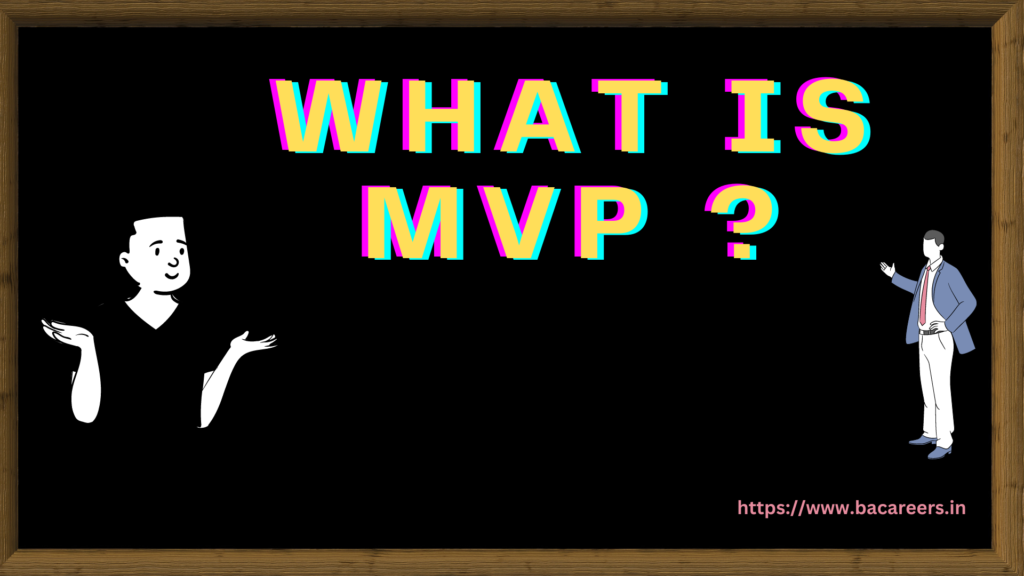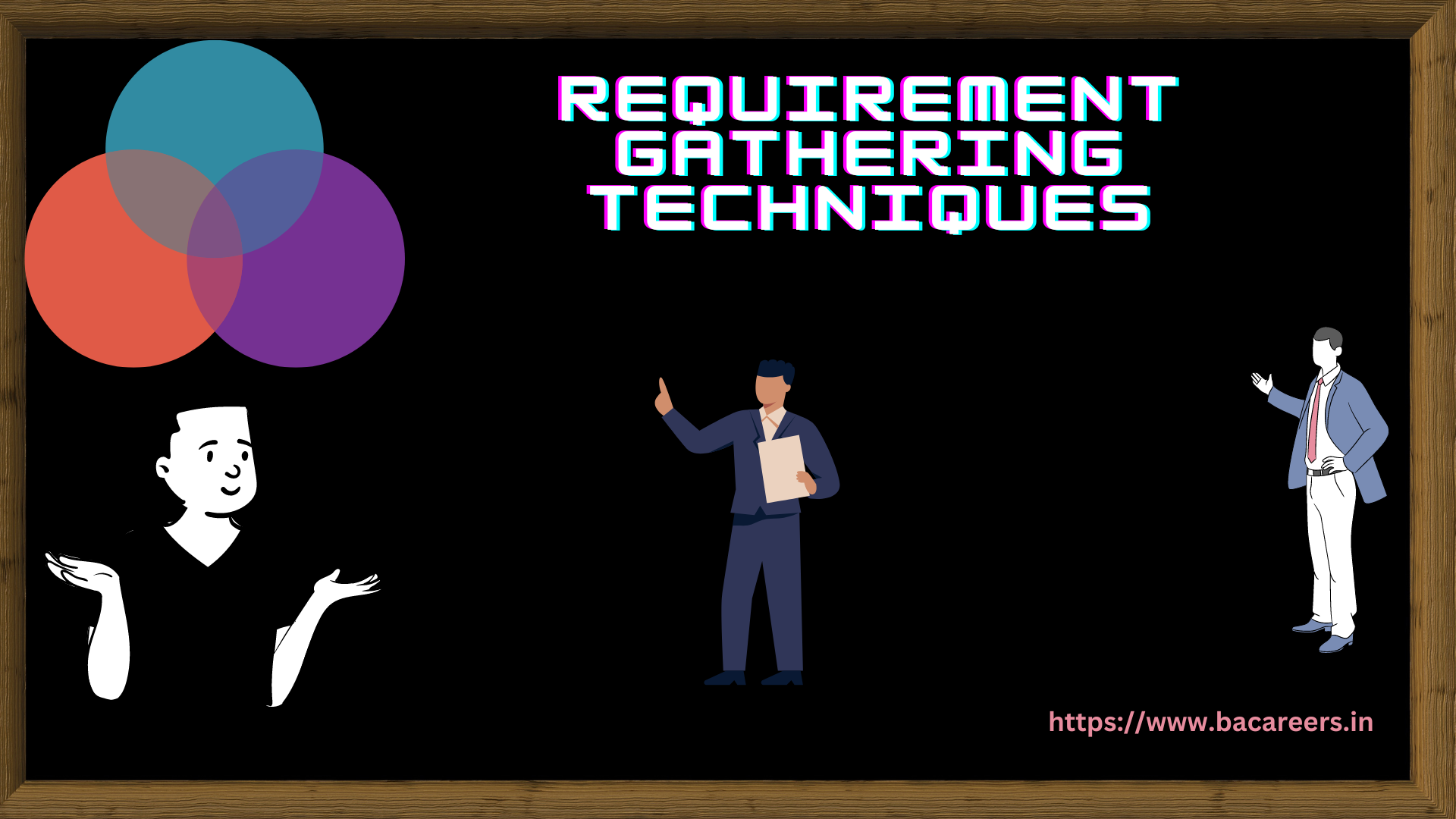What are the types of Requirements in Software Engineering. Software engineering is a complex field that requires engineers to have a deep understanding of the requirements needed to build and maintain an effective software system. There are many different types of requirements that must be taken into consideration when designing and implementing a software system. These include functional, non-functional, usability, performance, security, scalability, maintainability and reliability requirements. In this article we will look at each of these types of requirements in detail and discuss how they can be used to create an effective software system.
Let us discuss in detail here what are the types of requirements in software engineering.
- Functional Requirements
- Non-functional Requirements
- Usability Requirements
- Performance Requirements
- Security Requirements
- Scalability Requirements
- Maintainability Requirements
- Reliability Requirements
What are Functional Requirements
Functional requirements are an essential part of software and product development. They define the specific tasks that a system should be able to perform, as well as what data it should be able to process. Functional requirements also identify system interfaces and dictate how users interact with the system. By defining these detailed requirements, developers can create a successful product that meets all user needs.
What are Non-functional Requirements
Non-functional requirements are an essential part of any software development project. These requirements describe the quality attributes of a system, such as usability, scalability, and performance. By defining these requirements upfront, developers can ensure that the software they create will meet the needs of its users. Non-functional requirements are an essential part of any successful software development project.
What are Usability Requirements
Usability requirements are specifications that define the criteria for a product or system to be successful. They are essential for ensuring that the end-user experience is as intuitive and efficient as possible. Usability requirements help identify areas of improvement, design user-friendly interfaces, and test for usability before launch. With usability requirements, designers can create products that users will actually want to use.
What are Performance Requirements
Performance requirements are a set of criteria that must be met in order for a particular system or product to function as expected. They provide a baseline for measuring the performance of a system and are generally written as measurable goals or objectives. Performance requirements can provide guidance on how to design, develop, and maintain systems that meet user expectations and business needs.
What are Security Requirements
Ensuring the security of data, systems, and networks is essential for all organizations. Security requirements define the policies and procedures that must be implemented to protect information from unauthorized access, use, or manipulation. Organizations must identify the security requirements that will help them protect their data and systems from potential threats. These measures may include user authentication, encryption of sensitive data, regular monitoring of systems for suspicious activity and more. With proper security requirements in place, organizations can ensure their data is secure and protected from malicious actors.
What are Scalability Requirements
Scalability is an important factor when it comes to the success of any business. It refers to the ability of a company or organization to grow and handle increased demand without compromising on quality or performance. Companies need to have scalability requirements in place in order to ensure that their operations can handle any sudden increase in demand without disruption. Scalability requirements include factors such as infrastructure, technology, processes, personnel and resources. Companies must also consider how they can scale up their operations when needed while keeping costs low and minimizing risk. By having scalability requirements in place, companies can ensure that they are ready for any unexpected growth or changes in the market.
What are maintainability Requirements
Maintainability requirements are essential for any software development project. They define the criteria that must be met in order to ensure that the software is maintainable, reliable and secure. These requirements include code readability, documentation, testing and debugging capabilities, as well as scalability and performance. Without these requirements, the software would not be able to function properly and could lead to costly errors down the line. By meeting these maintainability requirements, developers can guarantee that their software will remain stable and secure over time.
What are Reliability Requirements
Reliability requirements are the specifications of a product or system that define how reliable it must be in order to meet customer expectations. They set the threshold for acceptable performance and help ensure that products and systems perform as expected. Reliability requirements can be used to measure a product or system’s performance, identify areas for improvement, and ensure that any changes are made in a timely manner. Reliability requirements also provide guidance on how to design, build, test, and maintain products and systems so they can meet customer expectations.
You can go through below articles also for better understand on types of requirements in software engineering.
- What are nonfunctional requirements in software development
- How Business Analysts Gather Requirements
- What is Requirement in software engineering?
FAQ’s
What are the four types of requirements in software engineering?
The main types of requirements are:
- Functional Requirements.
- Performance Requirements.
- System Technical Requirements.
- Specifications.
What are the three types of requirements in software engineering?
Requirements fall into three categories: business, user and software. See examples of each one, as well as what constitutes functional and nonfunctional kinds of software requirements. A comprehensive set of requirements is crucial for any software project.
What is requirement engineering and its types?
Requirements engineering is the discipline that involves establishing and documenting requirements. The various activities associated with requirements engineering are elicitation, specification, analysis, verification and validation, and management.
What are the 5 software requirements?
The software requirements are description of features and functionalities of the target system.
…
A complete Software Requirement Specifications must be:
- Clear.
- Correct.
- Consistent.
- Coherent.
- Comprehensible.
- Modifiable.
- Verifiable.
- Prioritized.
What are the 5 types of requirements models?
In short, the 5 common types that make up a requirement model are use case, user stories, activity diagram, flow diagram, state diagram, and sequence diagram.
What are functional and nonfunctional requirements?
What is the difference between functional and non functional requirements? Functional requirements explain how the system must work, while non functional requirements explain how the system should perform.

Business Analyst , Functional Consultant, Provide Training on Business Analysis and SDLC Methodologies.








